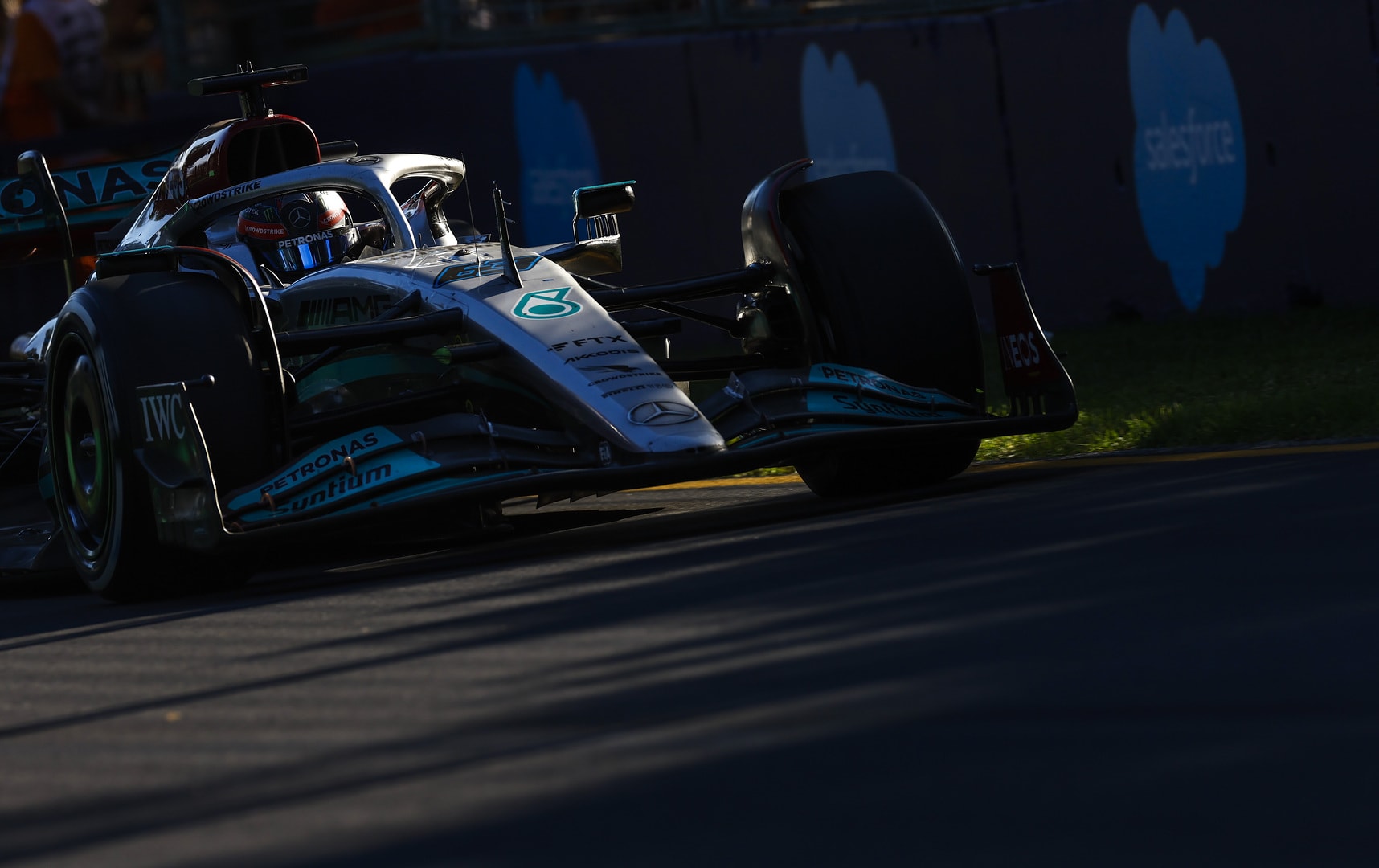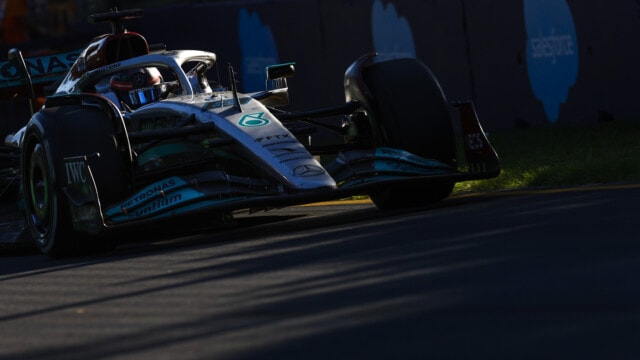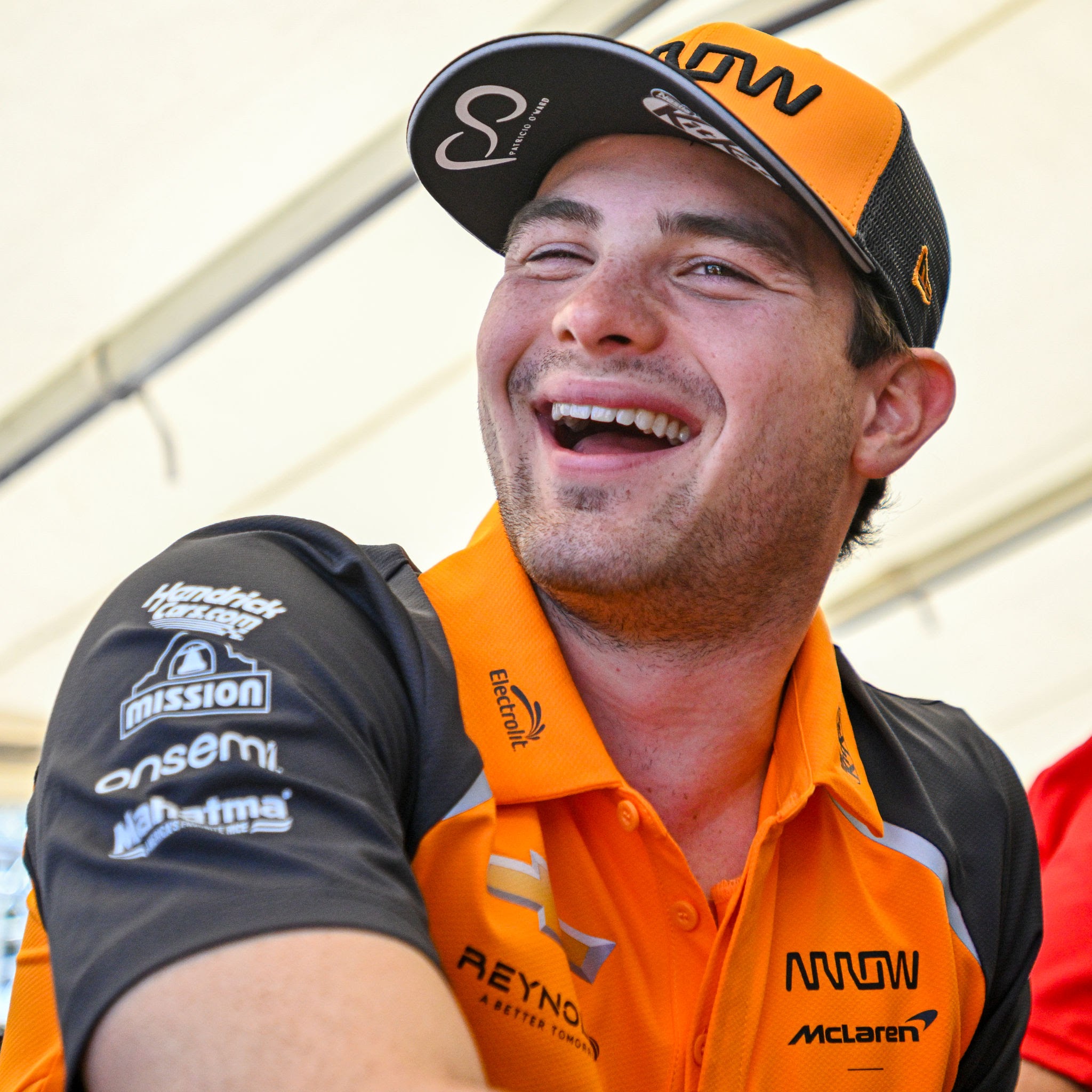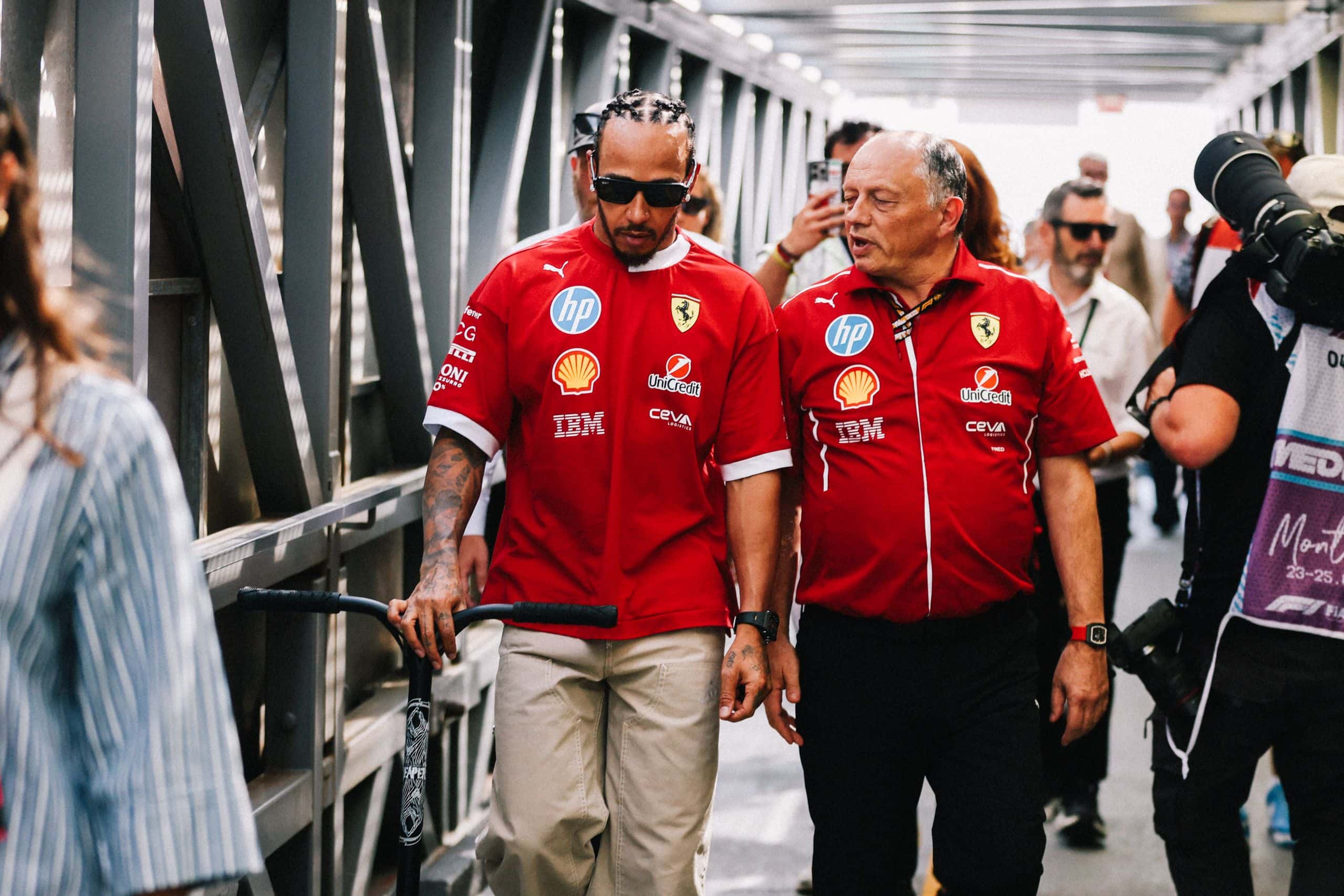What causes a Formula One car to porpoise?


Formula One cars are the pinnacle of high-performance racing, but the fastest cars can also experience a phenomenon called porpoising. In F1 Porpoising is when the car’s front and rear end oscillates up and down, resulting in an effect that looks like a porpoise swimming in the ocean. It can be a dangerous situation for the driver, as the oscillations can cause the car to lose grip of the road and lose control. But what causes a Formula One car to porpoise? The answer lies in a combination of factors, including aerodynamic design and suspension setup. Aerodynamics play a crucial role in how a car performs, and the shape and design of the car has a major impact on the car’s ability to stay stable. Furthermore, the suspension setup of the car can have a significant effect on the porpoising behavior of the car. In this article, we will explore the different factors that can cause a Formula One car to porpoise, and how to prevent it from happening.
Definition of porpoising
A car that suffers from porpoising will experience large up-and-down oscillations while travelling at high speed. The car’s front and rear end will experience a regular up-and-down motion, caused by a combination of aerodynamics and suspension setup. The front and rear of the car will rise and fall in a regular pattern with each wheel encountering a bump at the same time. The oscillation is so regular that it can be predicted mathematically. The car will be travelling at a speed where the airflow is stable, but the airflow will not be able to sustain the car’s downforce, causing the oscillations. Porpoising is a dangerous situation for the driver. The car can experience suspension travel that is up to 50% greater than normal, resulting in a bumpy ride for the driver. The oscillations can cause the car to lose grip of the road and lead to a loss of control. The car can also become difficult to steer, and it can be very hard to keep the car in a straight line.
Aerodynamic factors
The aerodynamic design of the car is the first major factor that can cause a Formula One car to porpoise. A car that is designed with too high a rear wing will have a higher risk of porpoising. A car that has a low front wing will have difficulty in creating sufficient downforce at the front of the car, causing the car to porpoise. A car with a rear wing that is too high will create too much downforce at the back of the car, causing the car to be very unstable at the rear. An unstable car will have a greater risk of porpoising, as the airflow that is needed to sustain the car’s downforce will be unable to keep the car stable.
Suspension setup
The suspension setup of the car is the second major factor that can cause a Formula One car to porpoise. A car that has stiffer springs will have a higher risk of porpoising, as stiffer springs will result in fewer travel oscillations. A car that has softer springs will have more suspension travel as the car will be more forgiving, but it will also have a higher risk of porpoising. A car that has a stiffer front spring and a softer rear spring will have a higher risk of porpoising, because the car will have difficulty in maintaining downforce at the front of the car. The car will also have trouble controlling the airflow at the rear end of the car, resulting in a higher risk of porpoising.
The effects of porpoising on a Formula One car
The effects of porpoising on a Formula One car can be significant. A car that experiences porpoising will lose grip of the road and can become very difficult to drive. The car will also have a lower top speed, as too much downforce at the rear end of the car will be inefficient. The car will be less stable in high-speed corners, and it will be more difficult to drive in general. A car that has a higher risk of porpoising will also be less competitive in a race as the driver will have to work much harder to keep the car in control, and it can be very tiring. The car can also lose time as the driver will have to take more care when accelerating and braking.
How to prevent porpoising
A Formula One car can be designed in such a way that porpoising is avoided and the car has a low risk of porpoising. A car that is designed with a low rear wing and a low front wing will have a high downforce and low drag. A low drag car will not have a lot of airflow resistance, meaning that the car will not experience a lot of downforce at the front of the car. The car will therefore have a lower risk of porpoising. A car that has a low drag coefficient will have a high speed, meaning that the car will not have to accelerate as much, meaning the brakes will not have to be applied as heavily and the wear on the tyres will be lower. This will allow a driver to brake later into a corner and also accelerate earlier out of a corner.
Examples of Formula One cars porpoising
During the 1990 Brazilian Grand Prix, the McLaren-Honda of Ayrton Senna experienced porpoising. Senna had complained about the car’s excessive front wing angle during qualifying, but the team decided to keep the setting for the race as they felt that it was not excessive enough to cause porpoising. However, during the race, Senna’s car experienced porpoising due to the high front wing angle and low rear wing angle. Senna’s car was oscillating up and down with such amplitude that it created a large wake behind the car, causing the following cars to experience lift, including that of teammate Gerhard Berger. As a result, the team decided to change the car’s setup for the following race in Japan. Senna’s teammate, Berger, also experienced porpoising during the 1990 Austrian Grand Prix, his home race. During qualifying, the Austrian’s car experienced porpoising due to its high wing setting, and he qualified in 14th place as a result. On race day, Berger’s car experienced porpoising again, causing him to finish the race in 8th place.
Conclusion
Formula One cars are the pinnacle of racing, but they can experience a phenomenon called porpoising. Porpoising is when the car’s front and rear end oscillates up and down, resulting in an effect that looks like a porpoise swimming in the ocean. It can be a dangerous situation for the driver, as the oscillations can cause the car to lose grip of the road and lose control. But what causes a Formula One car to porpoise? The answer lies in a combination of factors, including aerodynamic design and suspension setup. A car’s aerodynamic design can have a significant effect on the car’s porpoising behavior, and its suspension setup can also have an impact on the risk of porpoising.





